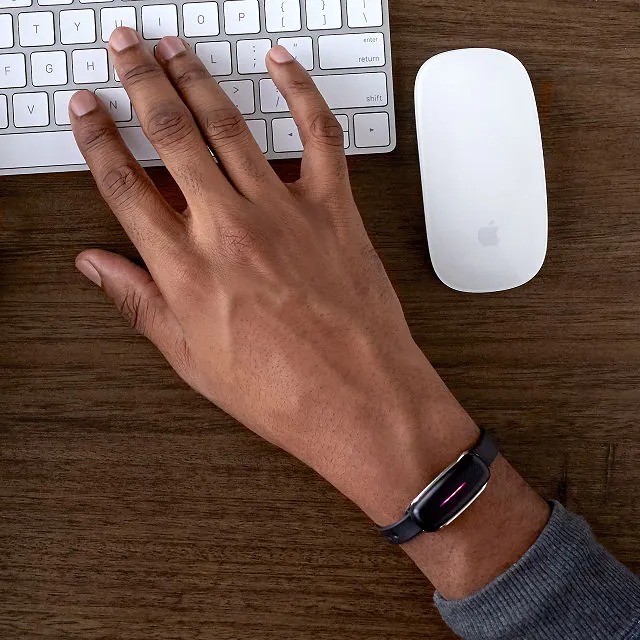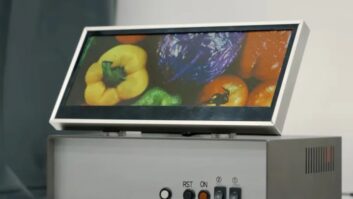
With nearly 450 million devices being shipped in 2023 alone and with industry growth expected to continue at 6 percent year-over-year, wearable technology is now a staple of everyday life.
Yet, despite impressive adoption rates a significant question persists about the true impact of wearable devices: how wearable technology has fundamentally changed the way that individuals live their lives. Many in the technology world remain unsold that it has reached anywhere near its full potential in this regard. The reason being, it’s a technology very centered on the individual and studies have shown that our health and longevity are deeply tied to our ability to connect meaningfully with others. For the most part, wearables have allowed us to connect with ourselves but not really with others. This is where wearable technology can really shine, in a new vector where wearables help us connect deeply with each other.
Yes, we have redefined fitness routines and made us all arguably more productive. Wearable technology has forever reshaped many aspects of our day-to-day routines and will continue to do so. However, as with any technology sector, if the wearable space is going to continue its meteoric rise, the industry needs to double down on innovation and find new creative use cases and experiences.

Tech players continue to push the boundaries on device performance and ease of use. However, while these elements may help from a product differentiation and appeal perspective, as consumers have become accustomed to having a wearable device in their daily lives, expectations have also risen and the big question looms high above every player in this sector: “What’s next?”
The answer lies in driving deeper connections that can help individuals not only just track steps or check up on their email but also engage with their loved ones in new ways. We call this the rise of emotional wearables. Here is a look at some of the opportunities that the emotional wearable space presents for technology makers as well as how they can deliver devices with greater emotional potential.
Enhancing flexibility
The enduring presence of computers and mobile phones is a testament to their flexibility. These pieces of technology have adapted to the times and allowed for multiple use cases. Devices that are only limited to a static or commoditized set of use cases are likely not to last that long. Therefore, tech companies need to find ways to configure their devices in a way that offers more than just stock text messaging or weather apps.
Emotional experiences can do just that. For example, instead of a simple text message, what if companies paired this messaging with innovative haptics and vibration patterns to allow users to easily send “touch” based messages for “I love you” or “Happy Birthday” as opposed to just traditional messages? This allows for not only a new experience but also further integration of technology with communications between individuals and loved ones.
Innovating with Biometrics
To date, biometrics have largely been used by technology companies for things such as authentication and health monitoring. However, while these use cases have helped to provide better levels of device security or health diagnostics, what if we could expand these use cases even further and leverage them to create the next generation of experiences for wearable device users? Advances in wearable device hardware and software capabilities have paved the way for wearable companies to debut technology that allows users to share heartbeats with loved ones, for example.
The call for innovation doesn’t stop there. For example, further energy is being dedicated within the technology research world to using sensory data to help interpret physiological responses and emotional states to promote better mental health awareness. These types of innovative, emotion-centric use cases will open a whole new frontier for users.
Moving Beyond Traditional “Devices”
If someone asked an average tech user what a wearable device looks like, most would likely point to something akin to a pendant or watch. If the space is going to continue to expand, however, technology manufacturers need to be able to find new ways to branch wearable technology into additional mediums. Toys in particular present unique opportunities that are already being explored. For example, stuffed animals that parents can use to remotely send hugs or share recorded messages when they are away on business. These types of more human experiences unlock new avenues for technology companies to provide additional value to consumers that “traditional” wearable devices cannot.
Emotional wearables

There is a logic to tech where it pretends to come in with a savior complex when it should first understand which human dynamics do in fact make us happier and by default more productive, and augment those.
Emotional wearables take a leap beyond traditional applications by incorporating human elements into the technology. Devices that not only track your activity but also sense your mood and offer encouragement or a calming influence when stress levels rise. Devices that alert friends or family members when you’re feeling down, bridging the gap between our digital and emotional lives. Additionally, integrating technology like thermal feedback will simulate the warmth of a human touch, providing comfort even when we’re alone.
Peace of mind in a hectic world
The intersection of emotional wearables with augmented reality presents a vista for immersive experiences that won’t just replicate human interaction but truly augment it. In a world where tech-related mental health issues are on the rise, consider meditation aids that help guide breathing and relaxation with gentle vibrations, promoting mental wellness. These innovations can form a new layer of interaction, where technology not only understands our physical health but also becomes a custodian of our emotional well-being.
Now is the time to be more ambitious and deliver experiences that resonate on a new emotional level. Wearable technology presents opportunities to do this in a way other mediums – like social media– cannot. By keeping these key factors and opportunities in mind, technology brands can continue their innovation journey and deliver the impactful experiences that their users deserve.
See also: The Revolution Of Home Healthcare: Smart Homes As Health Monitors













